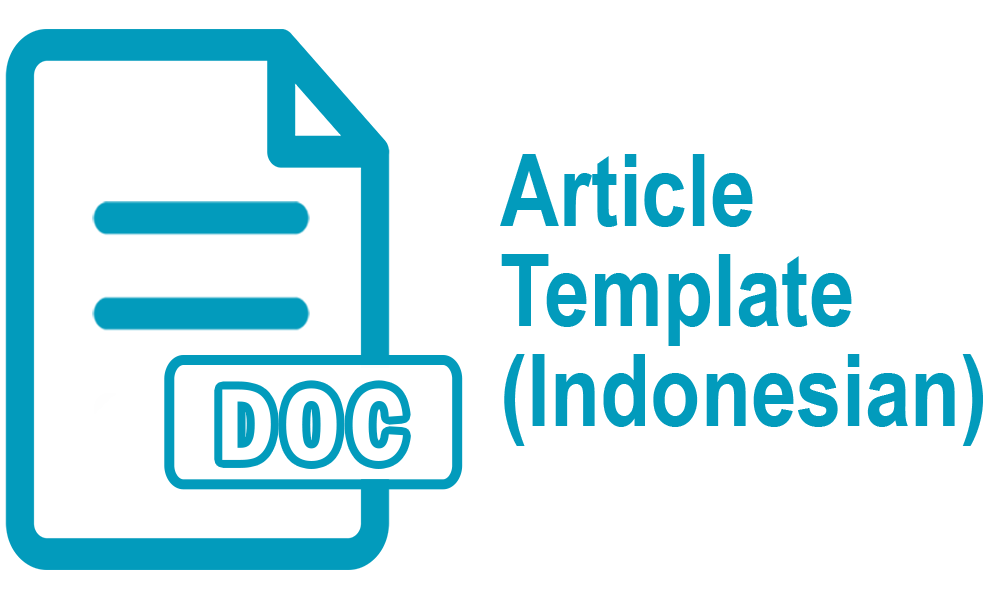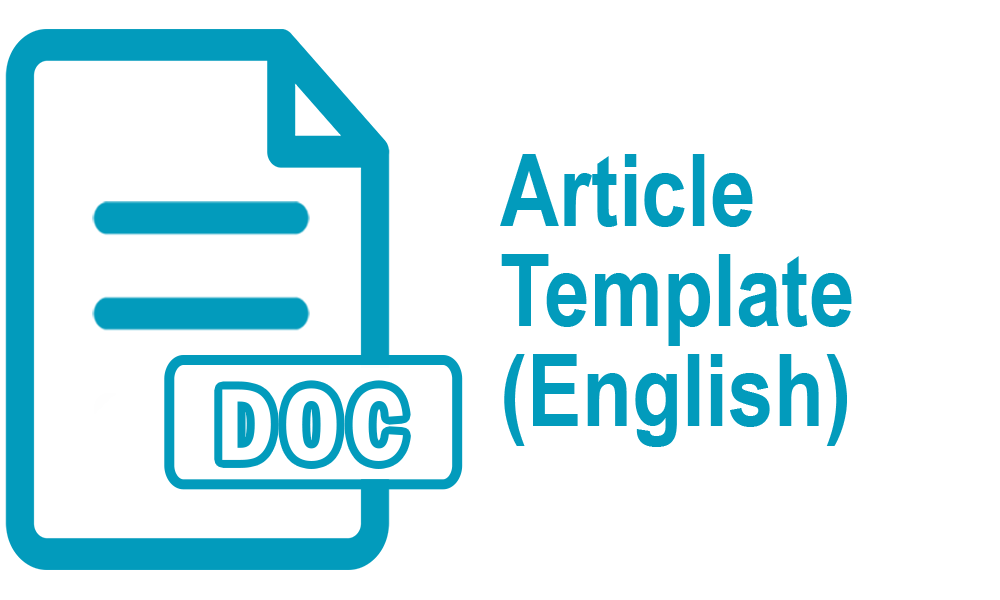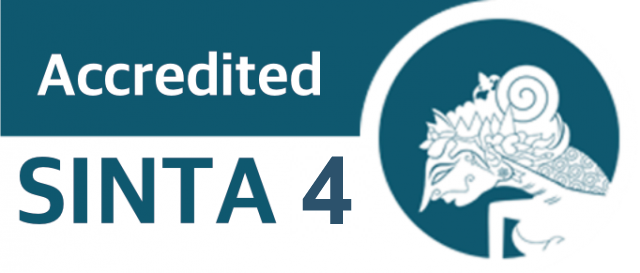An Analysis of Slang Words on TikTok by Gen Z
Abstract
In order to interact and exchange conversation with Gen Z we need to fully understand their language. The constant flow of trends on the internet affected the development of language and slang. With the rate which language changes it also means that it is easily forgotten. This research served as an inventory for newly invented slang words by Gen Z on TikTok. This research main objective analyzed the type and function of slang words that are used by Gen Z on the infamous social media platform TikTok. This research applied Allan and Burridge's theory of slang type and function that are used on the TikTok platform by Gen Z from October to December of 2023. This research employed qualitative research as the methodology with a sociolinguistics approach. The analysis involved in this research are data condensation, coding process, and meaning interpretation. The analysis revealed that there are occurrences of fresh and creative, flippant, imitative, acronym, and clipping, with occurrences of the function to address, to humiliate, and to express impression. Based on the analysis, the most dominant slang type is imitative with to address as the most used slang function on the TikTok platform. It could be concluded that, Gen Z tends to reuse an already existing vocabulary and used them to address a situation or activity.
Full Text:
PDFReferences
Adams, V. (2016). An introduction to modern English word-formation. Routledge.
Agustien, N. S., & Mulatsih, D. (2024). An Analysis of New Words in Reality Show: Sociolinguistic Perspective. In Cirebon International Conference on Education and Economics Cirebon International Conference on Education and Economics Proceeding (Vol. 1, No. 1, pp. 1-11).
Allan, K., & Burridge, K. (2006). Forbidden words: Taboo and the censoring of language. Cambridge University Press.
Andersson, L., & Trudgill, P. (1992). Bad language. Penguin (Non-Classics.
Bauer, L. (1983). English word-formation. Cambridge University.
Brinton, L. J., & Brinton, D. M. (2010). The linguistic structure of modern English.
Burdová, V. (2009) Student Slang. Masaryk University.
Chambers, J. K. (2003). Sociolinguistic theory: Linguistic Variation and Its Social Significance. Blackwell Publishing.
Creswell, J. W. (2014). Research design: Qualitative, Quantitative, and Mixed Methods Approaches. SAGE.
Crystal, D. (1995). Encyclopedia of English language.
Davis, B. H., Brewer, J., & Brewer, J. P. (1997). Electronic discourse: Linguistic Individuals in Virtual Space. Suny Press.
Freytagh-Loringhoven, H. V. (2021). Artikel6. Die Satzung Des Völkerbundes, 95–102.
Miller, D. (2020). Social Media Marketing,3 books in one: Excellent Tricks to Grow Your Business, Instagram Marketing to Become a Famous Influencer, Tiktok and YouTube to Make Viral Videos.
Nastiti, A. P., & Irianto, S. (2024). Shift in the Use of Indonesian Language among Semarang State Polytechnic Students as a Form of Self-Existence for the Milennial Generation. JOLALI, 3(2), 16. http://dx.doi.org/10.32497/jolali.v3i2
Onebunne, L. A., & Akujobi, O. S. (2021). The Communicative Relevance of Slang among Undergraduates of Nnamdi Azikiwe University, Awka. Interdisciplinary Journal of African & Asian Studies (IJAAS), 7(2).
Spears, R. A. (2000). NTC's dictionary of American slang and colloquial expressions. NTC Pub. Group.
Syaputra, et al. (2024). The Use Of Slang Language Style On Social Media Instagram By Gen-Z (Generation Z). Social Sciences Journal, 1(2), 147. https://doi.org/10.37676/sosj
Yusuff, A. A., Sanni, A. O., & Kareem, S. (2024). Communicative and Language Patterns in Popular Slangs in Nigeria. Journal of Communication Pedagogy and Practice, 1(1).
DOI: http://dx.doi.org/10.30872/jbssb.v9i2.16995
Refbacks
- There are currently no refbacks.
Copyright (c) 2025 Saskia Chaerunnisa Jaya, Alamsyah Alamsyah, Jonathan Irene Sartika Dewi Max
Editorial address:
Fakultas Ilmu Budaya, Universitas Mulawarman
Jl. Ki Hajar Dewantara, Gunung Kelua, Kec. Samarinda Ulu, Kota Samarinda, Kalimantan Timur, Indonesia 75123
Email: jurnalilmubudaya.fibunmul@gmail.com
Website: http://e-journals.unmul.ac.id/index.php/JBSSB
Ilmu Budaya: Jurnal Bahasa, Sastra, Seni, dan Budaya is licensed under a Creative Commons Attribution-ShareAlike 4.0 International License






